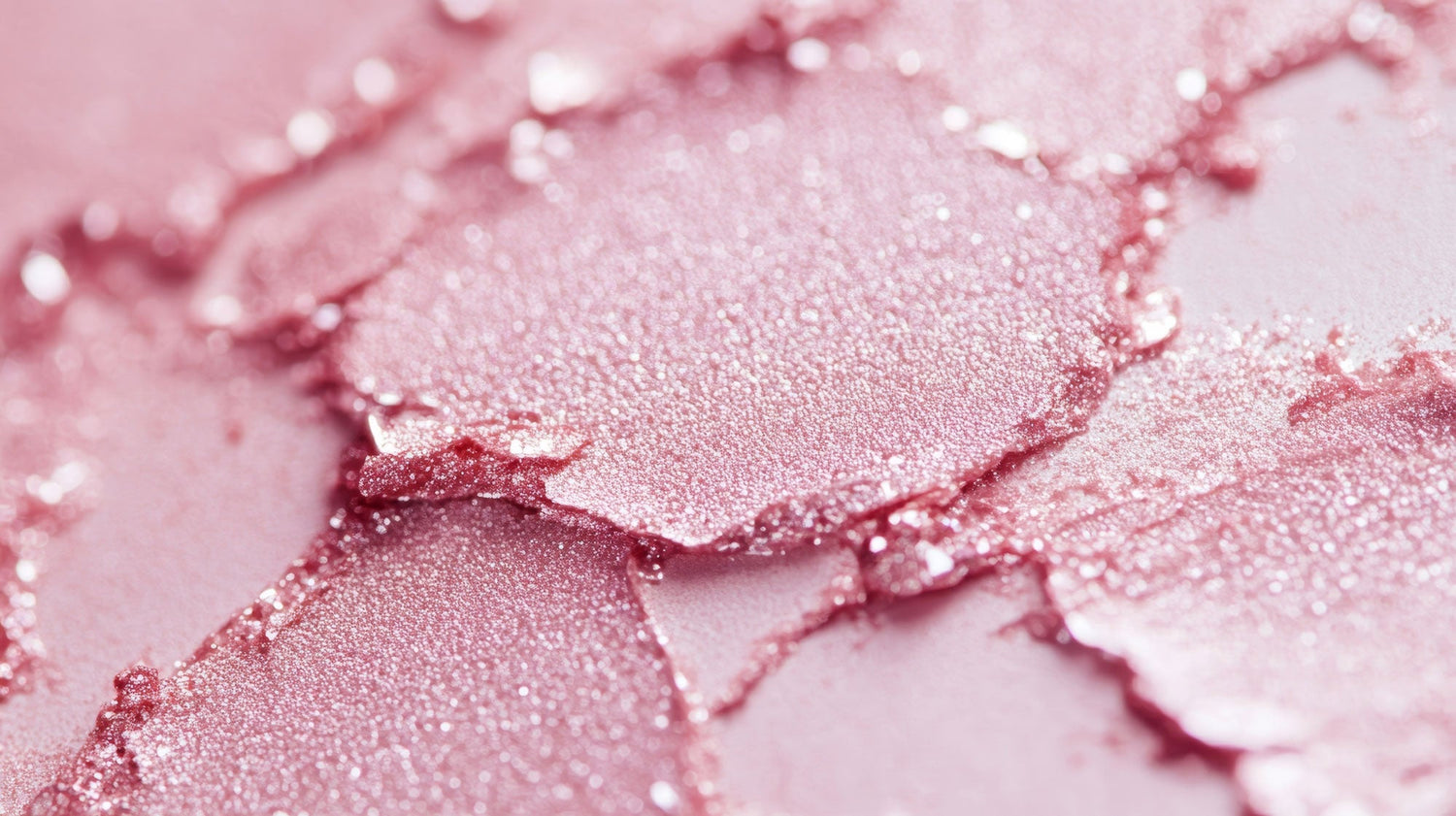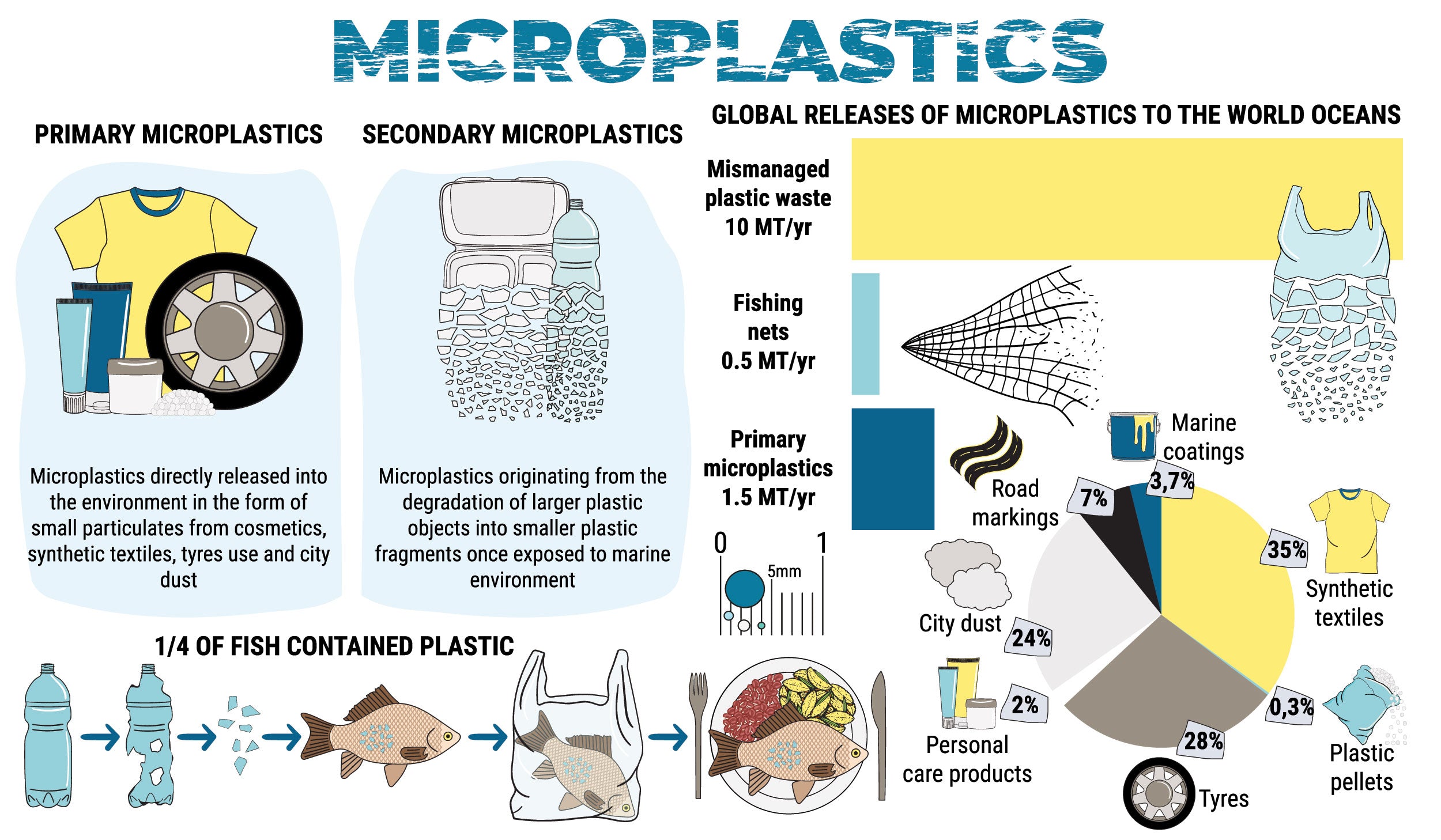Microbeads, the tiny plastic particles often unnoticed in our daily products, play a significant role in the broader context of microplastic pollution. This article explores what microbeads are, their health and environmental impacts, including their role as endocrine disruptors, and strategies to mitigate these risks. Balancing the convenience of microbeads in products with their ecological footprint poses a significant challenge, which we'll explore in this discussion.
What are Microbeads?
Microbeads are small, manufactured polyethylene plastic beads, typically less than 1 millimeter in diameter. Originally designed as exfoliants for health and beauty products like cleansers and toothpaste, microbeads have raised environmental concerns due to their ability to bypass water filtration systems and accumulate in oceans and lakes. These particles were introduced in personal care products about fifty years ago, marking a shift from natural to plastic ingredients.
Health Risks and Endocrine Disruptors:
Microbeads contribute to the broader issue of microplastic pollution, which has significant implications for human health. These tiny plastics can act as endocrine disruptors, chemicals that interfere with hormonal systems. Such disruption can lead to a host of health issues, including developmental, reproductive, and neurological problems. When microbeads enter the food chain, they can also carry other toxic substances, compounding their potential health risks.
Environmental Impact:
The environmental impact of microbeads is part of the larger concern of ocean plastic pollution. Microbeads, along with other microplastics, contribute significantly to this issue. They have been found to make up around 11% of total ocean plastic pollution, stemming from personal care products, synthetic textiles, and other sources. This pollution not only affects marine life but also contributes to the accumulation of plastics in high-income countries.
Mitigation Strategies:
Addressing the microbead problem requires a multi-faceted approach. The Microbead-Free Waters Act of 2015 in the United States, which bans plastic microbeads in cosmetics and personal care products, is an example of effective legislation. However, eliminating microbeads from consumer products presents challenges, including finding suitable alternatives that do not compromise product quality or introduce other environmental issues.
Consumer Choices and Trade-Offs:
Consumers play a crucial role in mitigating microplastic pollution. Opting for products without microbeads or choosing natural alternatives can significantly reduce the environmental footprint. However, these choices might come with other trade-offs, such as higher costs or changes in product efficacy.
Conclusion:
Microbeads, though small, have a substantial impact on environmental and human health. Understanding their effects, the challenges in eliminating them from consumer products, and the role of legislation and consumer choices are vital steps toward addressing the issue of microplastic pollution. As research continues, it is crucial for consumers, manufacturers, and policymakers to work together to find sustainable solutions that balance product effectiveness with environmental responsibility.



Leave a comment
This site is protected by hCaptcha and the hCaptcha Privacy Policy and Terms of Service apply.